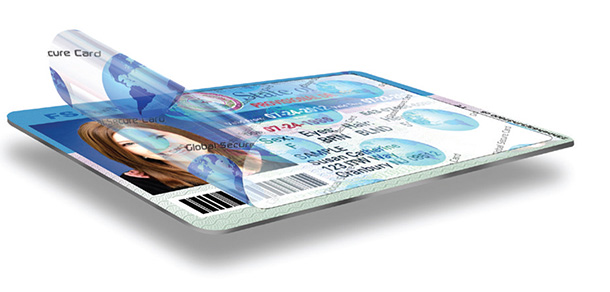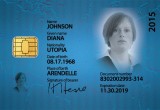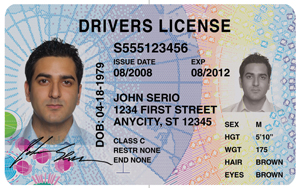Security features at point of issuance helps secure ID personalization, thwarts counterfeiters
20 July, 2017
category: Corporate, Government
The fight against counterfeit IDs is an ongoing struggle, with new protections often countered by criminals and terrorists using cutting edge technology. But the latest techniques in secure ID personalization promise to help issuers stay a step or two ahead of people bent on ID fraud.
A white paper from ITW Security Division called “Secure Personalization—It’s Not All Black and White” details the best ways to protect driver licenses, passports and other types of ID cards and documents. The 14-page report is based on the premise that “identification document issuers are always looking for improved methods to secure and authenticate a travel or personal identification document.” And while advanced card security features built into the card body itself are important and common approaches, techniques that secure the personalization process, which are added at the point of issuance, are crucial as well.
Simply adding a security feature to a card at the point of issuance proves highly effective at thwarting the plans of ID counterfeiters
The stakes are high: Not only can easy-to-alter IDs enable fraud, but they can be used by terrorists and violent criminals. Photographs present an especially juicy target for people constructing counterfeit IDs. Photographs “using non-secure ID personalization techniques, such as ink-jet or standard D2T2 printing, can be a target for substitution and therefore anti-counterfeiting efforts often concentrate on tamper prevention and tamper evidence.”
Secure ID personalization of driver licenses, passports and other IDs can take place via methods not easily accessible to fraudsters. These techniques add a level of complexity to card manufacturing and issuance that is difficult to replicate. Simply adding a security feature to a card at the point of issuance, for instance, proves highly effective at thwarting the plans of ID counterfeiters, the report says, as that degrades the criminal value of blank ID documents.
Photo personalization, laser engraving, holography, thermal transfer ribbons, polycarbonates — each receives attention in the ITW report, along with discussion of the pros and cons of the various secure personalization methods. The report also goes into detail about Ultra Violet card security features. Such images, the report notes, are often used at border crossings. As well, personalized printing techniques are boosting the security of ID cards with UV features.
With the global movement of people continuing to increase, and threats from terrorists, organized crime and others unlikely to subside anytime soon, issuers hoping to stay ahead of ID counterfeiters will find a bevy of useful information in this solid resource from ITW. It is part of a series of resources on advanced card materials and embedded security features available from ITW via the same link. Check it out online.




